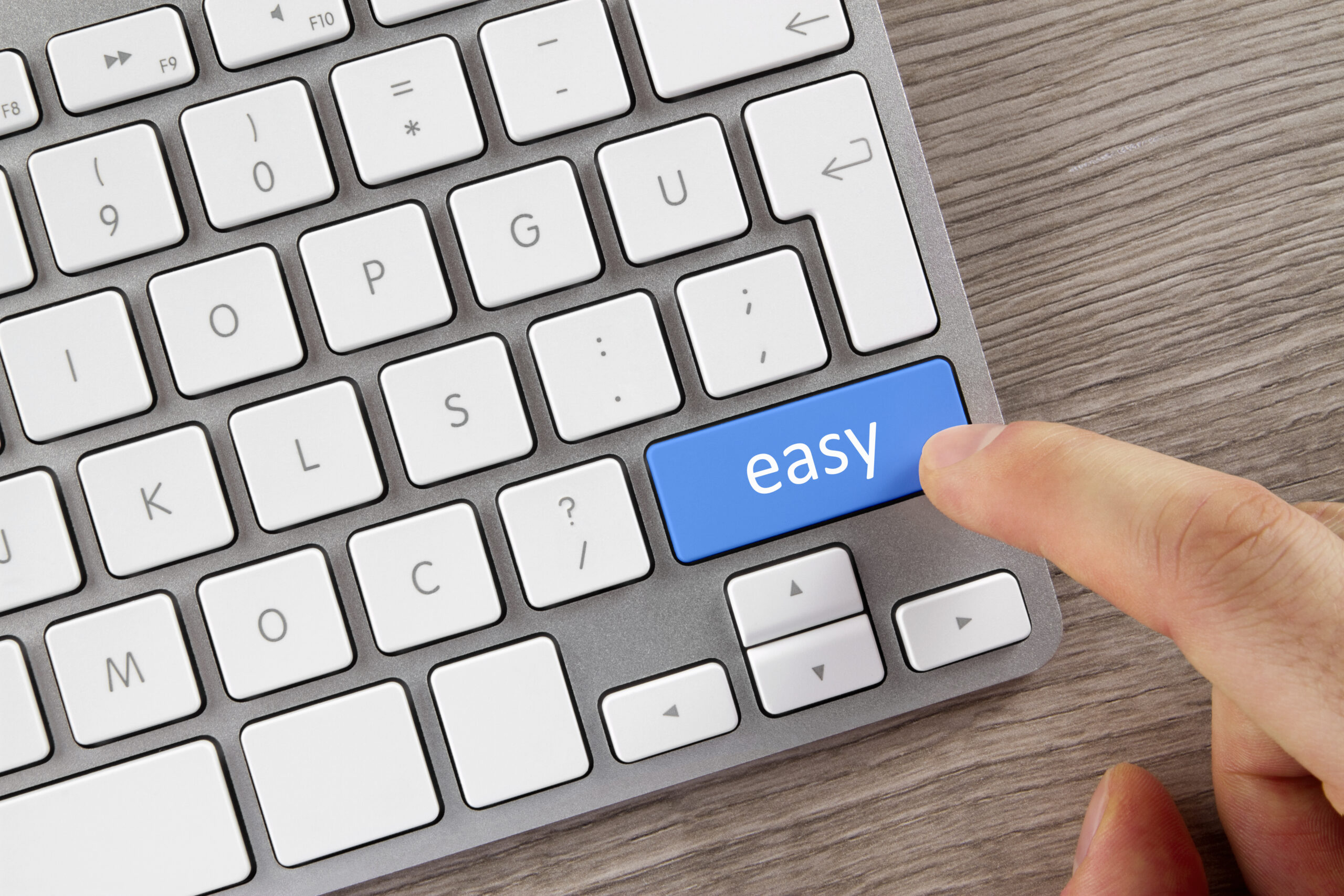“Billing cycles are a critical component of a business’s financial infrastructure.”
– Mural Pay
Most rental businesses send out 12 invoices a year for long-term rentals. But there’s a billing cycle that allows you to get 13 without additional work.
In this blog, we’ll break down the most common billing cycles rental companies use, ranging from calendar months to 30-day and 28-day cycles. Then we’ll show you why 28-day billing is the smarter option for tool, equipment, and hybrid rental businesses.
If you’ve never thought twice about your billing cadence, this might be the easiest win you’ve overlooked.
- Types of Billing Cycles Rental Businesses Use
- Which Billing Cycle Is Best For Rental Businesses?
- Billing Cycles for Party & Event Rental Companies
- Billing Cycles for Tool & Equipment Rental Companies
- The Best Billing Cycle for Hybrid Rental Businesses (Tools & Party)
- How to Start Offering 28-Day Billing

Types of Billing Cycles Rental Businesses Use
Before we dive into the benefits of 28-day billing, it helps to understand how it compares to other common billing cycles. Most rental businesses default to calendar month or 30-day billing without thinking much about it. And in some cases, those options work just fine!
But if you’re renting tools, equipment, or handling long-term rentals, a 28-day cycle can offer more predictable revenue and cleaner operations. Let’s take a closer look at each billing method and when it makes sense.
Calendar Month
With calendar month billing, you invoice customers once per month, typically on the 1st or based on the rental start date. This model is common in the party rental space, and if a rental company is using older rental systems that aren’t built for flexible durations.
Why Use Calendar Month Billing?
This type of billing cycle is popular because it’s familiar, predictable, and easy to plug into standard monthly accounting practices. For businesses with mostly short-term rentals or one-off events, aligning invoices with the calendar can simplify reporting and reduce the need for mid-cycle adjustments. That said, many companies use this model by default, simply because it’s what they’ve always done.
Where It Falls Short
Calendar month billing assumes that all months are equal, but they aren’t. February has 28 days, while July has 31. That gap can lead to inconsistencies in revenue recognition and confusion for long-term rentals that span multiple months. If a rental starts mid-month, you’re left prorating partial months or manually adjusting billing periods, which adds complexity and room for error. Over time, this model can also create situations where customers receive more days for the same rate, cutting into your margins without anyone noticing.
Not cool.
30-Day Billing
With 30-day billing, you invoice customers every 30 days based on their rental start date. If a rental begins on May 10, the next invoice goes out on June 9, then July 9, and so on. This method keeps billing intervals consistent, even though they don’t match the calendar month.
Why 30-Day Billing Works for Some
It’s more uniform than calendar-based billing and removes the variation between short and long months. For businesses that handle ongoing rentals, like furniture or staging setups, 30-day billing provides a stable rhythm and reduces the need for proration.
Where It Falls Short
Billing dates can drift over time, which can disrupt reporting cycles and confuse customers who expect predictable due dates. And just like calendar billing, you’re still only invoicing 12 times a year, missing out on an easy opportunity to improve cash flow.
28-Day Billing
With 28-day billing, you charge customers every 28 days, which is exactly four weeks. This cycle repeats on a fixed schedule, so if a rental starts on a Friday, every future invoice lands on a Friday, four weeks later. Unlike calendar or 30-day billing, 28-day cycles always align with weekly rental behavior.
Why 28-Day Billing Works for Some
It creates consistency for both you and your customers. Contractors and equipment renters often think in weekly terms, not monthly ones. By sticking to a four-week rhythm, you eliminate proration, reduce billing errors, and make it easier to forecast revenue.
If you bill every 28 days, exactly four weeks, you complete a full billing cycle 13 times per year (28 days × 13 = 364).
That means you’re sending one additional invoice annually for the same rental duration. You’re not charging more per cycle, you’re just aligning billing with actual time. For long-term rentals, that extra cycle increases revenue without needing more inventory, more work, or higher rates.
Where 28-Day Billing May Not Fit
If you only offer short-term party rentals or rarely have customers who rent beyond a few days, the value of 28-day billing may not apply. You’ll also need rental software that can automate this billing cycle, since traditional systems rarely support it out of the box.

Which Billing Cycle Is Best For Rental Businesses?
There’s no one-size-fits-all billing cycle for rental businesses. Calendar month, 30-day, and 28-day billing all have their place, depending on the type of inventory you rent and how long customers tend to keep it. That said, there are best practices that can help you choose the right approach, or you may even find that you should use different billing methods for different segments of your business.
In this section, we’ll walk through what to consider so you can align your billing cycle with your operations, your customers, and your cash flow goals.
Billing Cycles for Party & Event Rental Companies
Most party and event rentals are short-term; think one-day weddings, weekend festivals, or school events. Because of that, many companies in this space rely on calendar-month billing or charge per event rather than using a formal billing cycle at all.
If your rentals rarely extend beyond a few days, there’s usually no need for recurring billing. Invoicing per event keeps things simple for both you and your customer. And if you’re working with schools, nonprofits, or city departments, a single invoice per event often aligns better with their internal payment processes.
But if you often serve clients who need recurring setups or events that span multiple weeks, calendar billing cycles may not work as well. In those cases, calendar billing may lead to manual adjustments, mid-month resets, or confusion about what’s actually being billed.
If you have clients like these, exploring a 28-day or 30-day billing cycle could reduce friction and help you get paid more consistently.
Billing Cycles for Tool & Equipment Rental Companies
Tool and equipment rentals often run longer than party rentals and follow more of a weekly rhythm. Contractors may rent a skid steer for a month or a lift for six weeks. Because of that, tool rental businesses tend to benefit from more structured billing cycles, especially ones that align with how customers actually use the equipment.
28-day billing is often the cleanest fit for tool and equipment rental businesses. It lines up with weekly pricing, supports consistent recurring invoices, and keeps payment schedules predictable. Since 28-day cycles repeat every four weeks, you avoid the drift that comes with 30-day billing and the inconsistencies of calendar months. You also invoice 13 times a year instead of 12, which can improve cash flow without raising rates.
But do other options make sense for tool and equipment rental businesses? Sometimes! If your typical rentals are highly variable or tend to be short-term, one-off jobs, a per-rental billing model or simple 30-day billing may still work. You may also find that certain items are rented for longer times than others (a generator versus an excavator). In these cases, it is a good idea to find a rental software that allows flexibility in how you bill for certain types of inventory.

The Best Billing Cycle for Hybrid Rental Businesses (Tools & Party)
If your business rents both tools and party equipment, you’re juggling two very different types of rentals. Party rentals tend to be short and event-driven, while tool and equipment rentals are often longer, more structured, and recurring. That makes billing a bit trickier… but also a big opportunity!
Sticking with just one billing cycle across your whole business might seem easier, but it doesn’t always serve both sides well. Calendar month billing may work fine for single-day events, but it’s less suited for multi-week tool rentals. On the other hand, using a 28-day cycle across the board could confuse one-time party clients who expect a simple, flat-rate invoice.
When you run a hybrid business, a hybrid approach to billing works best. Short-term, event-based orders can stay on a per-rental or calendar-month model. Meanwhile, recurring or long-term equipment rentals can shift to 28-day billing to unlock more consistent cash flow and align with weekly usage.

How to Start Offering 28-Day Billing
To implement 28-day billing effectively, you’ll need rental software that gives you flexibility, specifically, the ability to set billing cycles by customer type, department, or rental category. The last thing you want is a system that forces you to switch all rentals to the same cycle across the board. This is especially important if you’re running a hybrid rental company!
Look for software that lets you:
- Set custom billing intervals (like 28 days) for specific items or departments
- Automate recurring invoices based on start date and cycle length
- Handle mixed billing models without manual work or separate systems
This kind of flexibility lets you keep short-term party rentals on calendar billing (or flat event pricing), while moving your long-term or tool rentals to a 28-day cycle.

Every rental business runs a little differently, but the math behind 28-day billing is hard to ignore. If you’re managing long-term tool rentals, weekly contractor accounts, or recurring setups alongside short-term party gear, switching to a 28-day cycle can unlock an extra payday each year, without adding inventory or raising prices.
The key is flexibility. TapGoods makes it easy to assign different billing cycles by department or rental type, so you can tailor your invoicing to how your customers actually rent.
Want to see how it works? Book a demo with TapGoods and we’ll show you.
Frequently Asked Questions
No. 28-day billing is not the same as monthly billing. Monthly billing happens 12 times a year, tied to calendar months. A 28-day cycle runs every 4 weeks, resulting in 13 billing cycles annually.
The main benefit of 28-day billing is generating more predictable cash flow and one additional billing opportunity each year. It’s ideal for long-term rentals and recurring contracts. The downside is that customers may need help understanding why their billing dates shift each month, so clear communication is key.
Yes! TapGoods allows you to assign different billing cycles by department. That means you can keep standard billing for party rentals and apply 28-day billing to tools or equipment without disrupting your entire process.
Some might, especially if they’re used to fixed monthly invoicing. But most concerns can be resolved with clear communication upfront. Position it as a consistent, every-four-weeks schedule. Many customers appreciate the regularity once they understand the cycle.
With 13 billing cycles per year, 28-day billing brings in revenue more frequently than monthly invoicing. That helps smooth out cash flow and makes forecasting easier, especially for businesses with high-value or long-term rentals.
